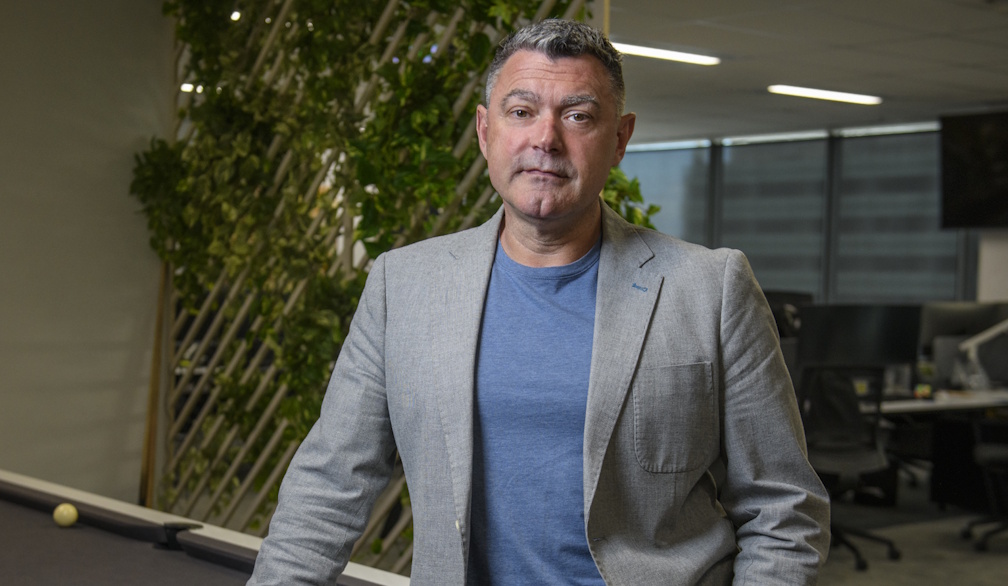None of the justifications for weakening bank lending standards quite makes sense
- Written by Kevin Davis, Professor of Finance, University of Melbourne

The budget plan to scrap Australia’s decade-old responsible lending obligations warrants detailed examination.
It is hard to see how the stated reasons for easing what’s asked of banks and other lenders make much sense, and the timing is strange.
Introduced in 2009, the responsible lending obligations[1] made it illegal to offer credit that was unsuitable for a consumer based on their needs and capacity to make payments.
In the leadup to last week’s budget Treasurer Josh Frydenberg announced plans to dismantle[2] a regime he said had become “overly prescriptive, complex and unnecessarily onerous on consumers[3]”.
“Now more than ever,” he said, it had become important there were “no unnecessary barriers” to the flow of credit to households and business.
But, if well designed, responsible lending obligations ought to be largely irrelevant to responsible lenders. They take account of needs and capacity to repay anyway.
The standards don’t hurt responsible lending
Their merit lies in restraining “bad apples” and preventing the good ones from letting loan standards slip and permitting lax management to allow bad practices.
The Hayne Royal Commission[4] into the financial services industry chastised banks and others for misconduct when it came to lending. The banks say they have listened and implemented better practices.
They probably have, which should mean the minimum standards embodied in responsible lending obligations make little difference to them.
Read more: It's about to become easier to lend irresponsibly, to help the recovery[5]
Another of Hayne’s recommendations, that would have outlawed conflicted remuneration for mortgage brokers, was rejected[6] by the government in favour of a best interests[7] obligation along the lines of the responsible lending obligations for lenders that it wants to remove.
The timing is odd
The timing of the responsible lending obligations decision is hard to justify.
The Australian Securities and Investments Commission spent much of 2019 consulting on a review of its responsible lending guidelines and released a new version in December[8].
 Wagyu and Shiraz needn’t rule out a loan.
Wagyu and Shiraz needn’t rule out a loan.
Then in June it lost an appeal in the long-running “Wagyu and Shiraz[9]” case in which it attempted to prosecute Westpac for relying on general borrower expense benchmarks.
If anything, that should have somewhat settled bank concerns that the responsible lending obligations required too much of them.
Banks such as Westpac are no longer required to rely on detailed examination of an applicant’s past expenditure levels when assessing whether payments can be met.
In the words of Justice Perram of the Federal Court, “I may eat Wagyu beef everyday washed down with the finest shiraz but, if I really want my new home, I can make do on much more modest fare”.
Instead banks will be able to focus on whether applicants are willing to forgo discretionary spending (on things such as school fees) in order to obtain the loan size required for buying an otherwise unaffordable house.
The change will put some of the onus of assessing loan suitability back on the borrower, which is what the Treasurer says he wants[10].
They ought to be becoming less burdensome
It might be that the responsible lending obligations impose excessive assessment costs on the banks. And the extra work for applicants to provide the required information might dissuade them from applying.
But with the recent introduction of open banking[11] allowing banks to access applicants’ data with their permission, and “fintechs” developing products to cost-effectively mine that data, it seems likely that loan assessment costs (including meeting responsible lending obligations) are likely to decline.
If costs are the issue, why change the rules in the midst of a cost-reducing revolution?
And they ought to have stopped bad loans
Another argument has been that abolishing responsible lending obligations will facilitate growth in lending.
Maybe – but not permanently without increasing unsuitable lending. Responsible lending obligations may slow the approval process but could only have reduced the level of loans on issue if one or both of two conditions apply:
-
the information-supply requirements (gathering of which should help applicants understand their borrowing capacity) have dissuaded potential applicants, meaning removing them would allow more poorly-informed borrowers to take out loans
-
the obligations have led to banks lending less to unsuitable borrowers, meaning removing them will encourage more lending to unsuitable borrowers
Another argument, that the Australian Prudential Regulation Authority can police and enforce good lending behaviour ignores the fact that APRA’s remit relates to credit risk and safety of the banks.
It has no mandate for (nor expertise in) considering whether borrowers will be put into financial hardship by loan obligations.
References
- ^ responsible lending obligations (ministers.treasury.gov.au)
- ^ dismantle (ministers.treasury.gov.au)
- ^ overly prescriptive, complex and unnecessarily onerous on consumers (ministers.treasury.gov.au)
- ^ Hayne Royal Commission (financialservices.royalcommission.gov.au)
- ^ It's about to become easier to lend irresponsibly, to help the recovery (theconversation.com)
- ^ rejected (www.afr.com)
- ^ best interests (www.afr.com)
- ^ in December (download.asic.gov.au)
- ^ Wagyu and Shiraz (www.abc.net.au)
- ^ says he wants (ministers.treasury.gov.au)
- ^ open banking (www.commbank.com.au)
Authors: Kevin Davis, Professor of Finance, University of Melbourne














